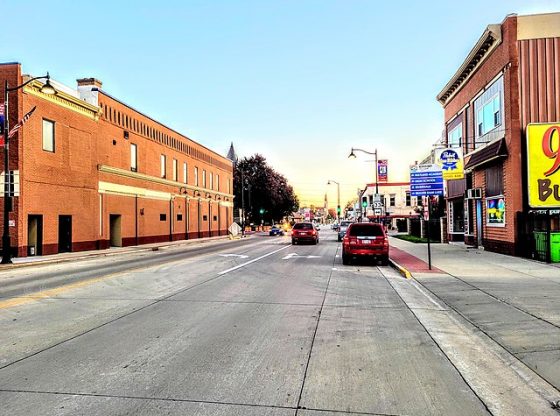Scientists are baffled to explain how or why a mysterious black substance is slowly spreading across Washington, D.C. — or how to stop it.
A blanket of black splotches, known as “biofilm,” is beginning to cover the Jefferson Memorial, the Washington Monument, Arlington National Cemetery, and many other white marble monuments in the city.
The biofilm is covering D.C.’s monuments it much like plaque covering teeth, in that they are colonies of bacteria fed by heat and moisture, which adhere to surfaces and stain them. As a result, the gleaming white domes and features of D.C.’s most prominent landmarks now look moldy and filthy.
No one knows where these slimy colonies of microorganisms come from, why they’ve suddenly begun appearing all over the city, or how to get rid of them.
“This thing. We’ve never seen it before. Now it is everywhere,” Audrey Tepper, a National Park Service historic architect, tells The Los Angeles Times.
Some scientists blame “climate change,” claiming that rising temperatures are causing the bacteria to grow. But D.C. summers have been hotter in the past, and no biofilms formed.
Other scientists claim it’s because the environment is getting cleaner. The Times reports some theorize that air pollution and acid rain were killing off bacteria that collects on the surfaces of monuments, but the cleaner air D.C. has experienced in recent years is allowing the microorganisms to survive.
“The pollution might have been helping clean it,” Tepper said.
The Times even speculates that new “clean” car fuels, made from ethanol, are pumping into the air, a chemical compound that feeds the bacteria.
Efforts are being made to clean the filth, but little has worked so far. A stripe of the Jefferson Memorial’s blackened dome has been scrubbed clean, revealing the contrast between the clean marble, and that covered by the film.
“Treatment of biofilm is difficult, as there is no known permanent method for removing it, and we have to ensure that any treatment must not do further damage to the soft marble of the memorial nor encourage further growth Dewey, chief of resource management for National Mall and Memorial Parks, says in a National Parks Service statement. “We are testing a variety of treatment techniques to find the option that is least damaging to the stone, safe for the environment and visitors, and cost effective.”














